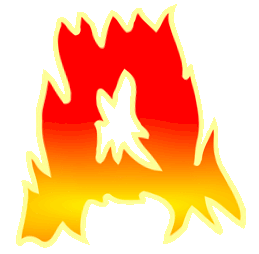-
Thermionic emission: It is the effect in which when a metal is heated, some of the ‘free’ electrons gain enough kinetic energy to escape from the metal surface.
-
Cathode-Ray Oscilloscope
-
The component to be tested (e.g., a resistor or a mic) is connected across “Y-inputs”.
-
Controls
-
“Gain” control adjusts the volts per division vertically
-
“Timebase” control adjusts the milliseconds per division horizontally
-
“Y-offset” control moves the waveform up or down
-
“X-offset” control moves the waveform left or right
-
-
-
Circuit components
-
Resistor: Its purpose is to limit the flow of current.
-
Colour-code: A resistor has colour bands to show its resistance and tolerance.
-
For example, this is a 1500 Ω resistor:

-
-
-
-
-
-
Power rating of a resistor: It is the maximum amount of electrical energy per second (J/s or W) that the resistor can convert into heat without getting damaged.
-
Usually power rating depends on the size of the resistor.
-
Using resistors with large power ratings means that they will occupy more space on the circuit board.
-
Using resistors with lower (just enough) power ratings means that they may become damaged easily due to small fluctuations.
-
-
-
Thermistor: Its resistance decreases as the temperature increases.
-
Light-dependent resistor (L.D.R.): Its resistance decreases as brightness of light increases.
-
Capacitor: It can store charge. It takes time to get fully charged but then it can discharge instantly. Therefore, it has use in time-delay circuits.
-
-
Potential division
-
When resistors are connected in series, each resistor gets a share of the e.m.f. according its share of the total resistance.
-
For example, if three resistors R1, R2 and R3 are connected in series then potential difference across R1 can be calculated as:
V1 = ( R1 / (R1 + R2 + R3) ) x e.m.f.
-
-
Go back to table of contents



